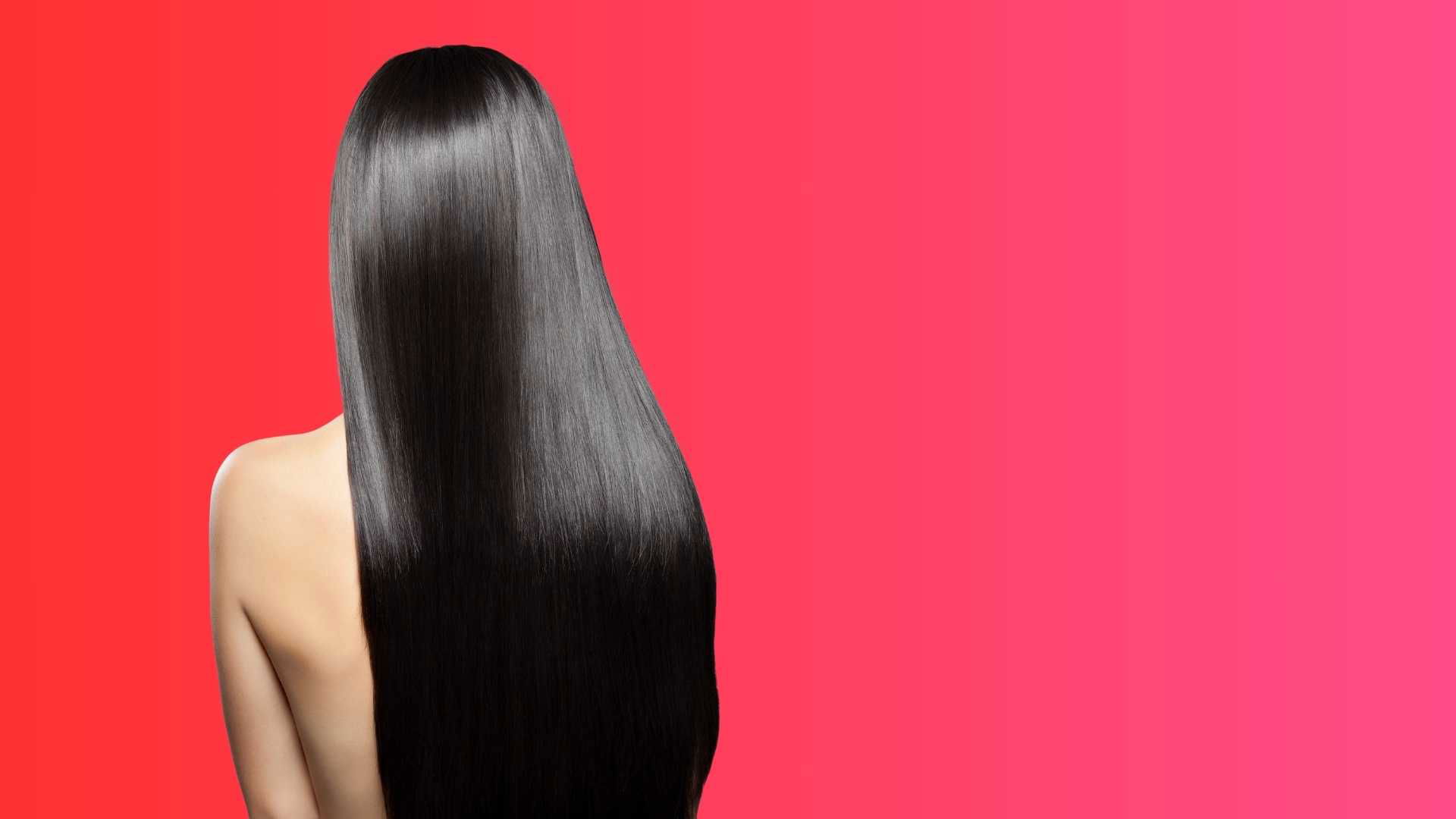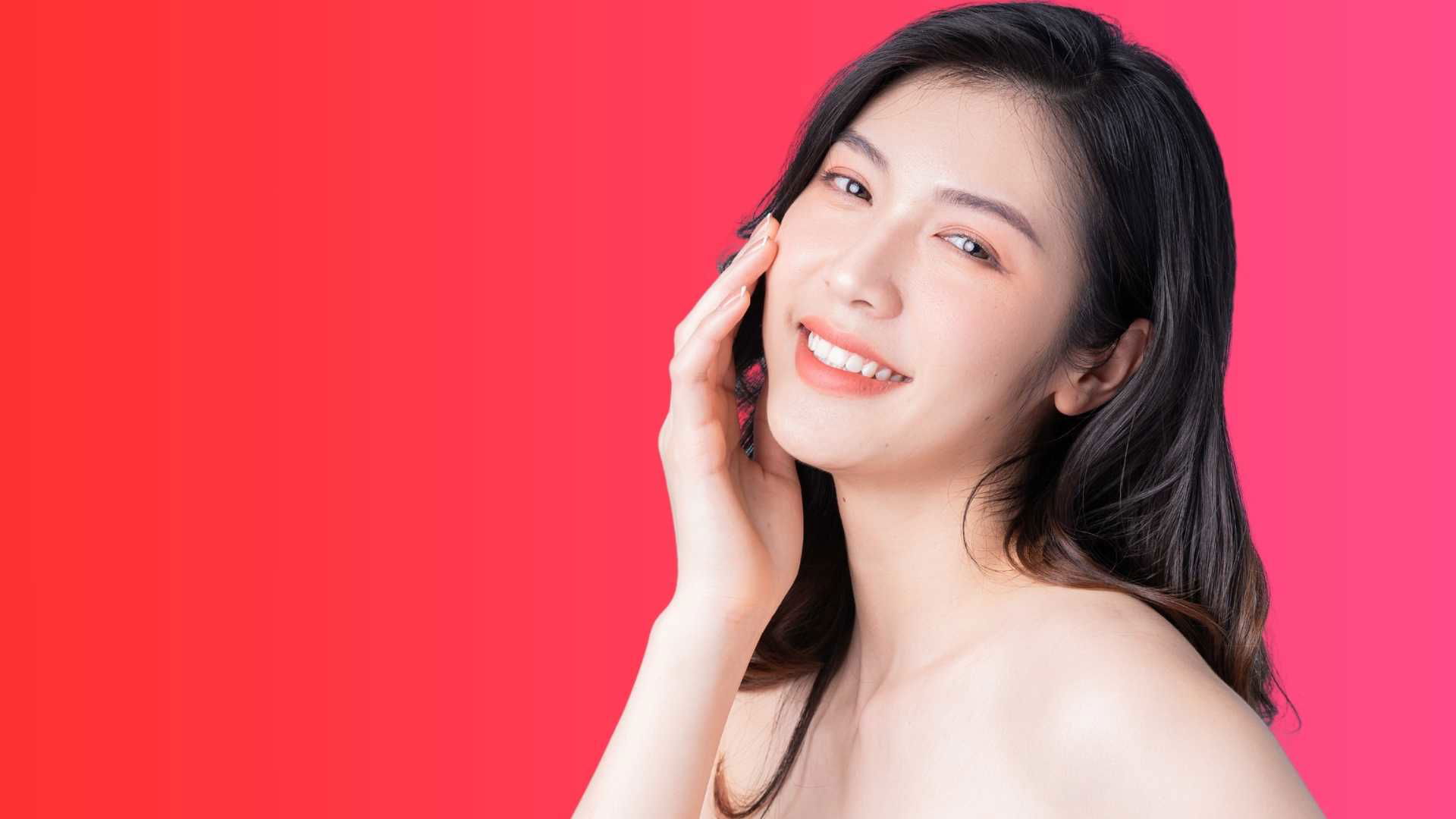Key Takeaways
Enhancing Hair Growth with Red Light Therapy
- Stimulates Hair Follicles: Activates and revitalizes dormant hair follicles.
- Boosts Cellular Activity: Increases cell energy for healthier hair growth.
- Improves Scalp Circulation: Enhances blood flow to the scalp, nourishing hair roots.
Exploring hair loss solutions? Discover how red light therapy can be a game-changer for your hair health.
Introduction: The Global Quest for Fuller Hair
Hair loss and thinning are challenges faced by millions worldwide, transcending age and gender. As we seek solutions, one innovative approach is gaining momentum: red light therapy. This method is not just another trend; it’s a scientifically backed option that’s redefining hair growth strategies.
What is Red Light Therapy?
Red light therapy, also known as low-level laser therapy (LLLT) or photobiomodulation, involves the use of specific wavelengths of red and near-infrared light. Originally embraced for its healing properties in skin and muscle tissue, this therapy is now making significant strides in the realm of hair restoration and growth.
How Red Light Therapy Promotes Hair Growth
The science behind red light therapy for treating hair loss is deeply rooted in its ability to stimulate and energize cells. When applied to the scalp, red light penetrates the skin, reaching the hair follicles. This light energy is thought to kick-start the follicles into the anagen phase, the active growth phase of hair cycles. Additionally, it may increase blood circulation to the scalp, enhance the delivery of nutrients and oxygen to the hair follicles, and create a conducive environment for hair growth.
Case Studies: Highlighting Positive Outcomes
Numerous case studies and clinical research back the journey of red light therapy in treating hair loss. These studies highlight its effectiveness in not only halting hair loss but also stimulating new hair growth. Positive results have been observed in individuals with androgenetic alopecia, commonly known as pattern hair loss, demonstrating the therapy’s potential as a significant tool in hair restoration.
User Guidelines: Maximizing the Benefits
To effectively harness the benefits of red light therapy for hair growth, certain guidelines should be followed. Consistency is key; regular sessions, as professionals advise, are essential for seeing results. Additionally, using devices specifically designed for hair growth and ensuring optimal wavelength and intensity can enhance the therapy’s effectiveness.
Scientific Insights: Understanding the Biology
Delving into the biology of how red light therapy aids in hair loss, we find that it may involve more than just stimulating hair follicles. It’s believed to increase the release of certain growth factors and stimulate cellular metabolism, creating a healthier scalp environment conducive to hair growth. Furthermore, it might reduce inflammation, a known contributor to hair loss.
Real-Life Success Stories: From Skepticism to Belief
The transformational power of red light therapy in hair growth is best illustrated through real-life success stories. Once skeptical individuals have become believers after experiencing significant improvements in hair density and strength. These stories not only inspire but also provide tangible proof of the therapy’s potential.
Conclusion: A New Chapter in Hair Growth Solutions
In conclusion, red light therapy is emerging as a non-invasive, safe, and effective option in the quest for fuller hair. It represents a convergence of technology, science, and wellness, offering hope to those struggling with hair loss.
For those interested in exploring red light therapy as a solution for hair loss and to find nearby services, visit Find Red Light Near Me. The journey to fuller, healthier hair is evolving, and red light therapy is at the forefront, illuminating the path to hair restoration.
FAQ
Red light therapy, or low-level laser therapy, uses specific wavelengths of red and near-infrared light. It’s gaining popularity in the treatment of hair loss due to its ability to stimulate hair follicles. This therapy penetrates the scalp, energizing cells and promoting the anagen phase of hair cycles, which is crucial for hair growth. Additionally, it improves blood circulation to the scalp, enhancing nutrient delivery to the hair follicles.
Red light therapy promotes hair growth by stimulating hair follicles and energizing cellular activity. When applied to the scalp, it activates the follicles into the active growth phase and improves scalp blood circulation. This results in better nutrient and oxygen supply to the hair follicles, creating a conducive environment for hair growth, and may even halt hair loss.
Yes, the effectiveness of red light therapy in treating hair loss is supported by numerous case studies and clinical research. These studies have shown positive results in halting hair loss and stimulating new hair growth, especially in individuals with androgenetic alopecia, or pattern hair loss. This research demonstrates the potential of red light therapy as a valuable tool in hair restoration.
To maximize the benefits of red light therapy for hair growth, consistency in treatment sessions is crucial. Regular use, as recommended by professionals, is essential for effective results. Additionally, employing devices specifically designed for hair growth that provide the optimal wavelength and intensity can significantly enhance the therapy’s effectiveness.
The biology behind red light therapy’s role in hair growth involves stimulating hair follicles and enhancing cellular metabolism. This may lead to increased release of growth factors and a healthier scalp environment, which is conducive to hair growth. The therapy might also help reduce scalp inflammation, a known factor contributing to hair loss, further promoting hair health.
Real-life success stories of red light therapy for hair growth include individuals who have experienced significant improvements in hair density and strength. These accounts range from those initially skeptical about the therapy to those becoming advocates after seeing notable results. Such stories offer compelling evidence of the therapy’s effectiveness in enhancing hair growth and restoring hair health.
Red light therapy’s non-invasive nature, safety, and demonstrated effectiveness make it a promising solution for hair loss and thinning. It stands at the intersection of technology and wellness, offering a scientifically-backed approach to hair restoration. Its ability to stimulate hair growth and improve scalp health presents a significant advancement in the quest for fuller hair.



